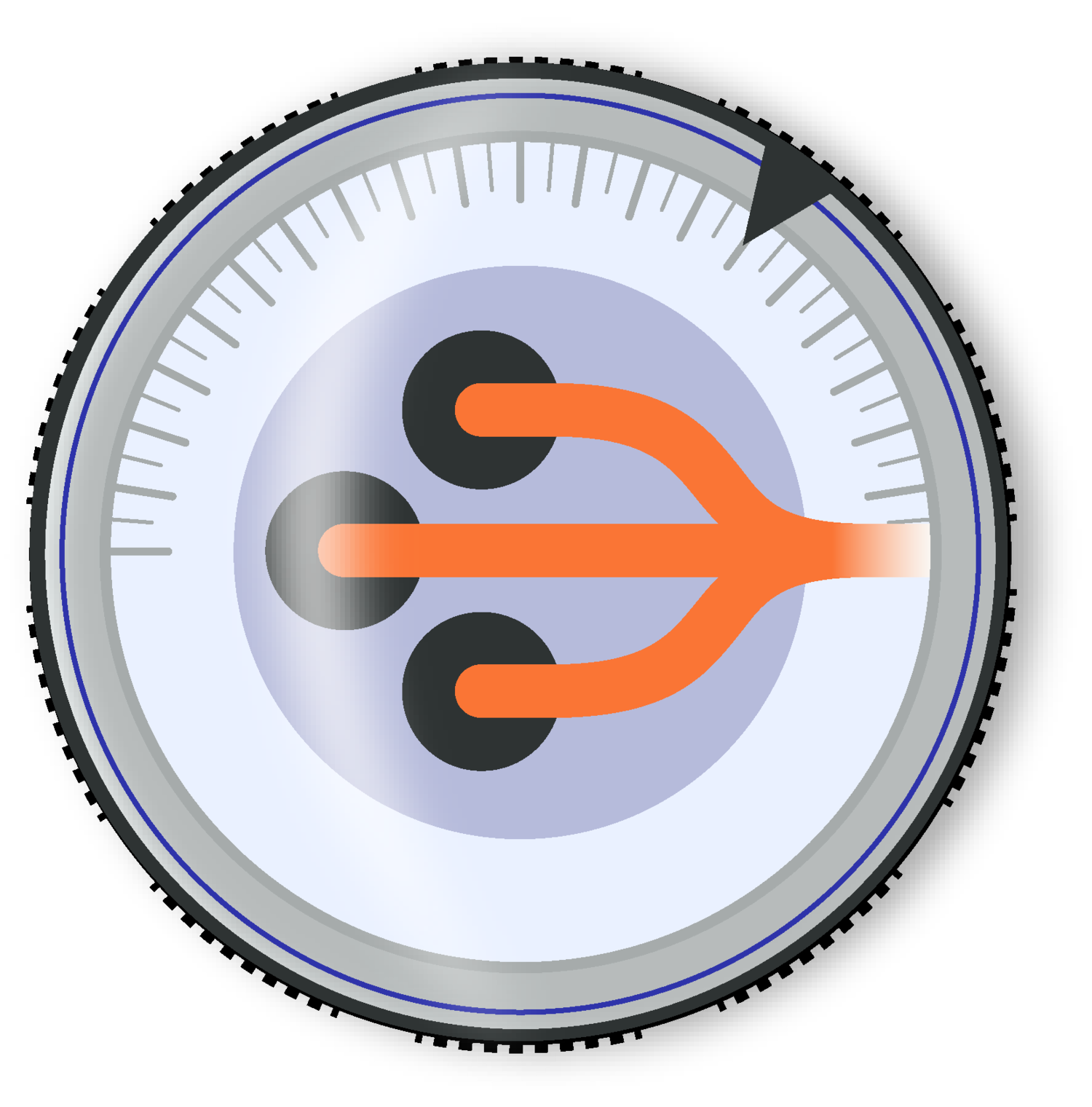Developing TOOLS to track FATE CIRCUITRY & infection dynamics
To quantify fate-circuit dynamics in HIV, we have developed microwell 'finger' devices for long-term time-lapse imaging of donor-derived primary T cells, which are non-adherent (Razooky et al. Lab on A Chip 2012). These devices enable tracking of HIV expression dynamics in single cells over periods of > 100 hours.
Above: Fly-through 3D rendering of microfluidic 'finger' device designed for long-term imaging of non-adherent human-donor-derived primary T cells. (Razooky et al. Lab on A Chip 2012)
Above: 60 hour time-lapse microscopy movie (10 minute intervals) of primary human lymphocytes (activated CD4+ lymphocytes infected with HIV-1 in green, THP1 monocytes in red). Each "finger" is 200 um wide, 100 um long, and 100 um deep and contains about 20 cells on average.
In parallel, we are also engineering new cell-culture approaches for better in vitro control of viral infection dynamics. Recently, we demonstrated the feasibility of using acoustic forces (Jung et al. 2015, below) for high-efficiency continuous sorting of cells from viruses in fluidic devices.
Current projects focus on design, fabrication, and optimization of similar devices for long-term cell culturing and quantification of fate circuits in viruses and other biological systems.
Above: Acoustofluidic focusing to sort viruses from cells. A mixture of virus-sized and cell-sized particles (100 nm diameter in red, 10 um diameter in blue) being separated in a microfluidic acoustofluidic chamber (Jung et al. 2015). In the absence of any acoustic forces (i.e. acoustic field off), red and blue beads overlap. However, when a transverse acoustic field is applied (indicated in the upper right corner) the large blue particles, which are disproportionally affected by the forces, shift in the flow stream and are separated from the mixture. In this way viruses and cells can be sorted, enabling purification and/or filtration of virus-infected cultures.

